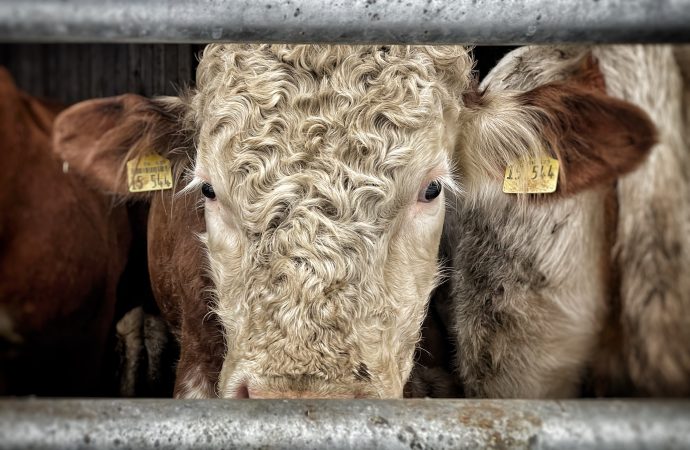Animal cruelty can take many forms, from neglect and abandonment to intentional abuse. Two of the most egregious forms of animal cruelty occur in laboratories and on farms, where animals are often subjected to harsh and inhumane conditions. In laboratories, animals are often used for scientific research, testing the safety and efficacy of drugs, cosmetics,
Animal cruelty can take many forms, from neglect and abandonment to intentional abuse. Two of the most egregious forms of animal cruelty occur in laboratories and on farms, where animals are often subjected to harsh and inhumane conditions.
In laboratories, animals are often used for scientific research, testing the safety and efficacy of drugs, cosmetics, and other consumer products. While some research can be conducted without harming animals, many experiments involve the use of live animals, including rats, mice, rabbits, dogs, cats, and primates.
The conditions in laboratories can be incredibly stressful and traumatic for animals. They are often kept in small, cramped cages and subjected to painful procedures without any form of pain relief. Animals may be deprived of food and water to force them to comply with experimental protocols, or subjected to invasive surgeries that can cause severe pain and distress.
While some argue that animal testing is necessary for human medical advancement, the reality is that many of the tests conducted on animals do not translate to human medicine. In fact, there are several alternative methods of testing that do not require the use of live animals, including computer models, cell cultures, and human tissue.
On farms, animals are often subjected to similarly harsh conditions. Farm animals, such as cows, pigs, and chickens, are raised for meat, milk, and eggs. While some farmers may prioritize animal welfare, many industrial farms prioritize profits over the wellbeing of their animals.
Animals on industrial farms are often confined to small, cramped spaces, unable to move around freely or engage in natural behaviors. They may be subjected to painful procedures, such as dehorning or castration, without any form of pain relief. They are also often subjected to overcrowding and unsanitary conditions, which can lead to the spread of disease.
In addition to the physical suffering endured by farm animals, they are also often subjected to emotional suffering. Mother cows, for example, are often separated from their calves shortly after birth, causing emotional distress for both the mother and the calf.
Despite the clear ethical concerns surrounding animal testing and factory farming, these practices continue to be widespread. Many people continue to support these industries, either by purchasing products that have been tested on animals or by consuming animal products.
However, there is a growing movement to end animal cruelty in all forms. Animal welfare organizations and activists are working tirelessly to raise awareness of the suffering endured by animals in laboratories and on farms. Many countries have enacted laws to protect animals from cruel treatment, including bans on certain types of animal testing and improved welfare standards for farm animals.
As consumers, we can also make a difference by choosing to support animal-free products and farming practices. We can choose to purchase products that have not been tested on animals or seek out cruelty-free alternatives. We can also choose to support farmers who prioritize animal welfare by purchasing products from local, small-scale farms.
In conclusion, animal cruelty takes many forms, but two of the most egregious forms occur in laboratories and on farms. Animals used for scientific research and farming are often subjected to harsh and inhumane conditions that cause physical and emotional suffering. As a society, we must work to end these cruel practices and support alternative methods of testing and farming that prioritize animal welfare. By doing so, we can create a more compassionate world for all living beings.

















Leave a Comment
Your email address will not be published. Required fields are marked with *